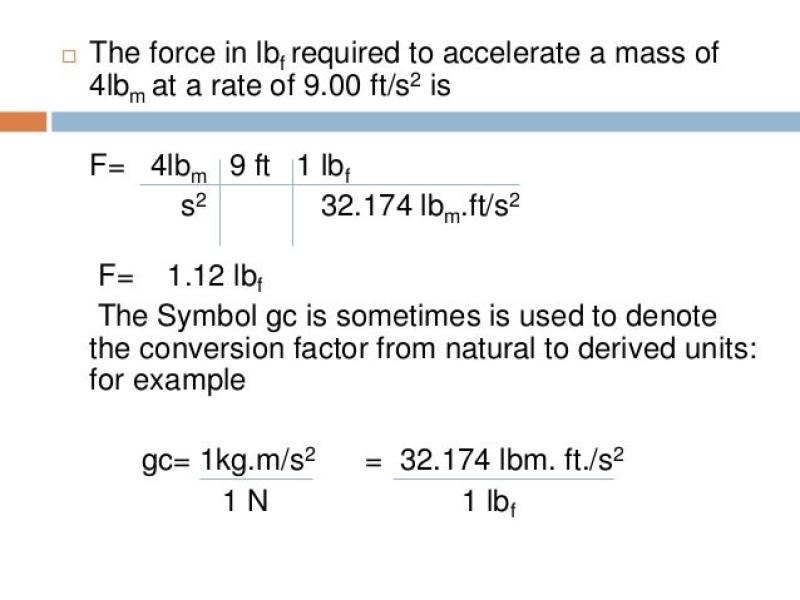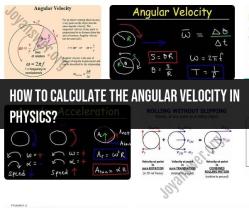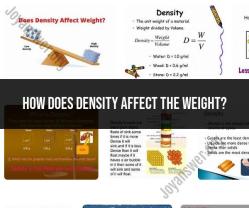What are the units for slugs?
The unit "slug" is a measure of mass in the Imperial system, primarily used in the United States for engineering and scientific purposes. It's a unit of mass, similar to kilograms or pounds but specifically used in contexts involving force and acceleration.
In the International System of Units (SI), mass is typically measured in kilograms (kg). However, in the Imperial system, the slug is used.
The relationship between the slug and other common mass units is as follows:
1 slug ≈ 14.5939 kilograms (kg)
The slug is used in equations involving force, such as Newton's second law of motion (F = ma), where "F" represents force in pounds-force (lbf), "m" represents mass in slugs, and "a" represents acceleration in feet per second squared (ft/s²).
For instance, if an object with a mass of 2 slugs experiences an acceleration of 5 ft/s², the force acting on it can be calculated using the formula F = ma as follows:F = 2 slugs × 5 ft/s² = 10 pounds-force (lbf)
So, a slug is a unit of mass in the Imperial system, specifically used in contexts involving force, acceleration, and engineering calculations.
1. Standard Units for Measuring Mass in the Context of Slugs
The standard unit for measuring mass in the International System of Units (SI) is the kilogram (kg). However, in the United States Customary System (USCS), the unit for measuring mass is the pound (lb). In the USCS, the slug is a unit of mass that is derived from the pound and the foot.
2. Definition and Applications of Slugs in Physics
The slug is defined as the mass of an object that, when acted upon by a force of one pound-force, will accelerate at a rate of one foot per second squared. In other words, one slug is equal to 14.5939 kilograms.
Slugs are used primarily in physics calculations that involve force, mass, and acceleration. For example, slugs are used in the following equations:
Newton's second law of motion: F = ma, where F is force, m is mass, and a is acceleration.
The definition of momentum: p = mv, where p is momentum, m is mass, and v is velocity.
The definition of kinetic energy: KE = 1/2 mv², where KE is kinetic energy, m is mass, and v is velocity.
3. Relationship Between Slugs and Other Units of Mass
The following table shows the conversion factors between slugs and other units of mass:
| Unit | Conversion Factor to Slugs |
|---|---|
| Kilogram (kg) | 1 kg = 0.068522 slugs |
| Pound (lb) | 1 lb = 0.14594 slugs |
| Gram (g) | 1 g = 6.8522 × 10⁻⁵ slugs |
| Tonne (t) | 1 t = 145.94 slugs |













